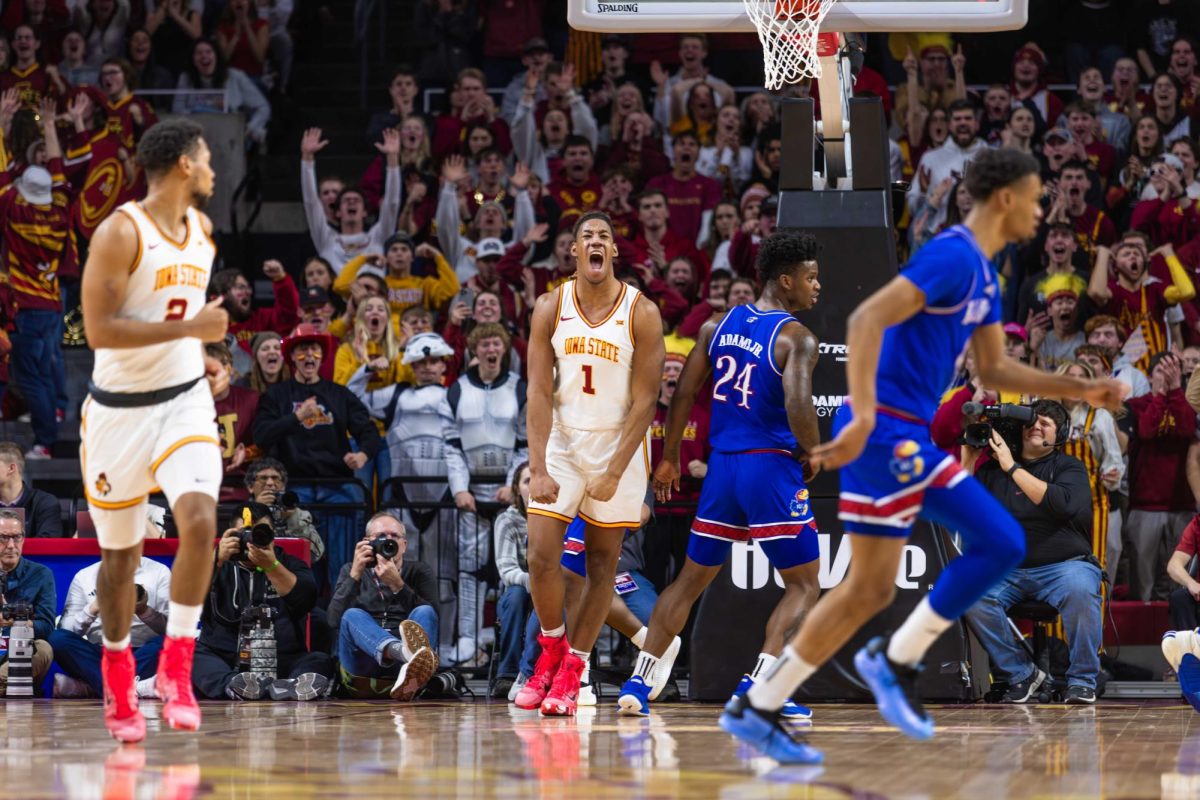NASA makes progress
December 6, 1996
A lot of NASA “bashing” was done in the article written by Mr. Kirby, and we felt we had to correct his lack of NASA technical knowledge.
The article stated that “It (space program) is no longer a symbol of national pride and technical prowess: it is a symbol of government ineptitude.”
Not only is NASA a symbol of national pride with all that it has and is achieving, but it is one of international pride.
Shannon Lucid living in space for six months, two Mars probes recently launched, one of which is scheduled to land on Mars on July 4, 1997, Hubble Space Telescope which allows us to peer through the universe into other galaxies, the possible discoveries of a fossil on Mars and ice on the Moon, and the list goes on.
Government ineptitude? We’ve been docking with Russia’s space station Mir for over a year, and are on track to begin the construction of our International Space Station. This kind of achievement comes only with great government collaboration, not ineptitude.
In fact, all of these things are being done by NASA with a budget of less than one percent of the federal budget.
It is true that the stuck airlock door was a setback, but like any great program we look at these obstacles as learning experiences. One of the suggestions made by Mr. Kirby was for NASA not to be timid and to force the airlock door, or maybe even to use the side-hatch on the mid-deck level of the Orbiter.
These are great suggestions, Mr. Kirby, but let’s take a closer look at these suggestions. If we were to force the airlock hatch to the point were the hatch couldn’t make a good seal, then yes the two astronauts would be coming home in the airlock, not just giving them a bumpy ride, but placing them in a dangerous situation which has never occurred before because this is the first time that we’ve ever had a problem with the hatch.
As for the second suggestion of just opening the side hatch and going out that way, there is a little more to think about than just opening the door.
First, there’s this thing called oxygen. We need it to live. There is no oxygen in space, because space is a vacuum.
Secondly, airlocks. There is no airlock connected to the side hatch. Now let’s put both of these together. Opening the side hatch into the vacuum of space with no airlock, exposes all of the crew members to a vacuum in a matter of seconds.
This is not good because nominally, only two full Extravehicular Mobility Units (spacesuits) are flown. We have five astronauts on that mission.
To give some credit to Mr. Kirby, in a life or death situation (the payload bay doors won’t close, and the crew will die if nothing is done situation), it might be possible to go out the side hatch.
JSC engineers worked around the clock to ensure that NASA had an answer to this life-threatening question. This would entail more than just opening the side hatch. One possible solution would be to place two crew members in suits, the rest of the crew would be placed in the airlock with the third suit which would provide oxygen. The Orbiter would then be taken to vacuum, the side hatch opened and closed with one suited crew member remaining inside. This person would repress the Orbiter, 2, allowing the crew to leave the airlock at which time he/she would enter the airlock. The suited person already outside would be taken on the robotic arm to the payload bay to open the hatch from the outside (which was designed this way to make sure that a crew member would never be stuck outside).
After closing the payload bay doors, the EV crew members could then enter the airlock. Believe us this solution is a lot easier to write down than to execute.
Also, the process currently is technically unproven to even be a possibility, and as stated would only be considered as a last resort to a do or die situation.
As for the rest of the mission: The EVA’s (spacewalks), were only a part of the objectives of the mission.
Two satellites were temporarily deployed and retrieved, a microgravity capillary pumped loop experiment was conducted for flow visualization, seven rodents were flown to determine physiological effects, biological experiments were conducted, and the list goes on.
Our point is, that just because the EVA’s were not conducted, the astronauts’ work load didn’t get any easier, and they weren’t just watching the pretty scenery.
Mr. Kirby, we could go on for many more paragraphs getting the facts straight, but we don’t want this article to take up too much room.
Bottom line is that yes, NASA has had many obstacles to overcome over the years, but with any successful and complex program like the exploration of space (and even throughout life) you will have setbacks.
It’s what you do with these setbacks that either stops you dead in your tracks, or allows you to progress into the future with greater knowledge.
NASA chooses to do the latter.
Tomas Gonzalez and Mike Boggs
Seniors
Aerospace Engineering
Co-ops
NASA/Johnson Space Center
Houston






